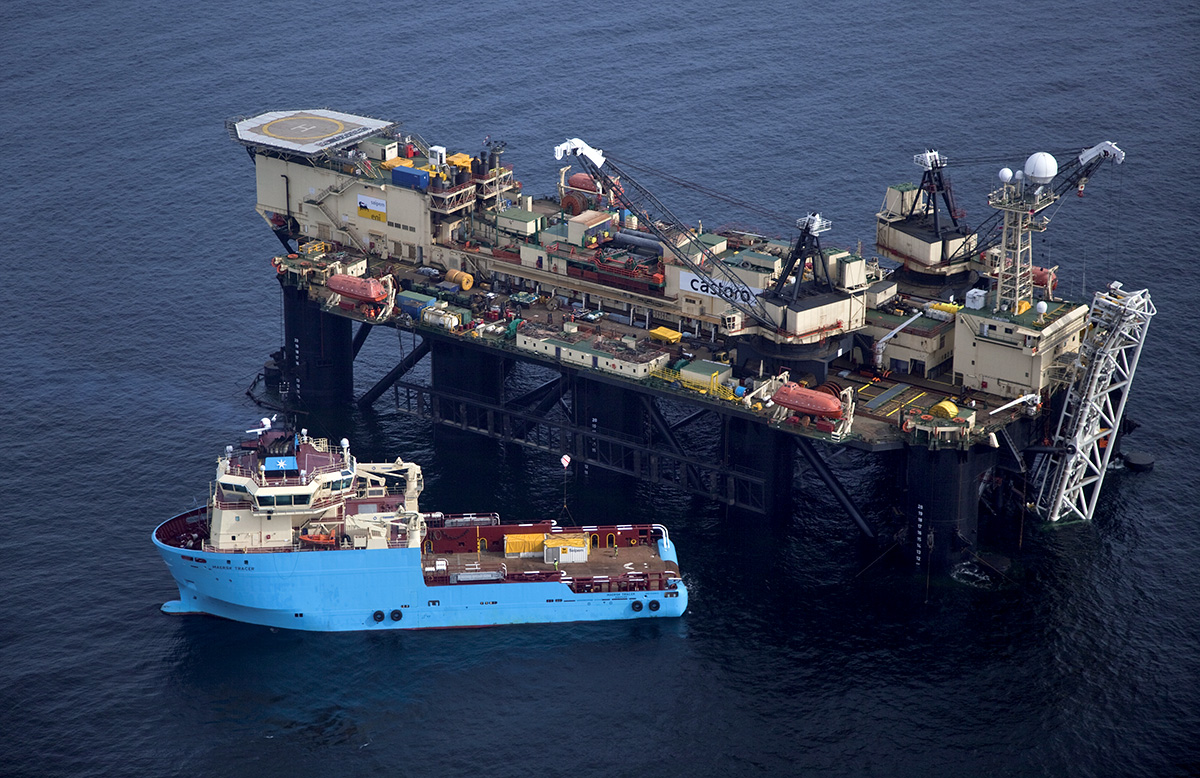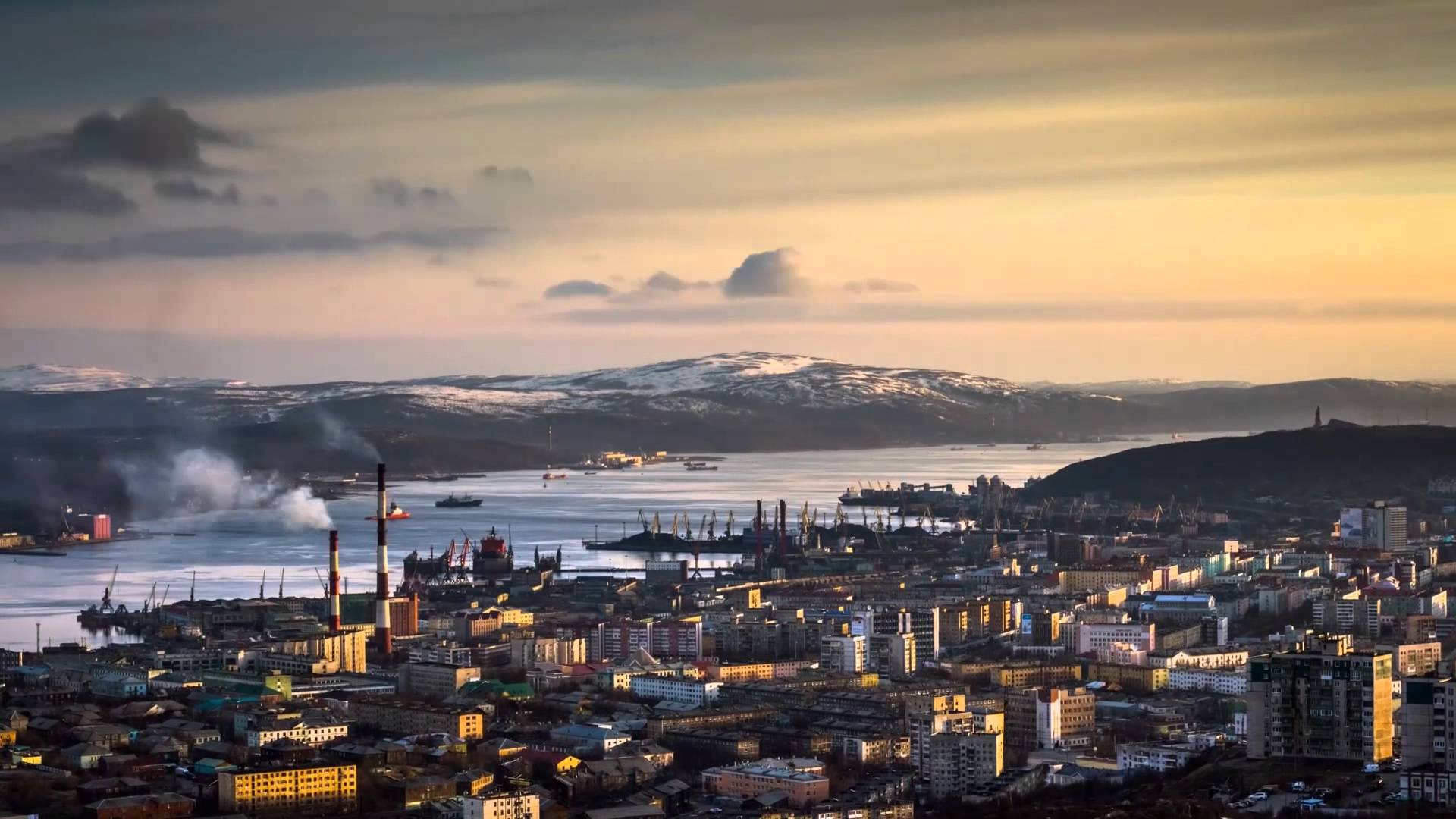
photo source: gazprom
The announcement made on August 12 by Rainer Seele, the new CEO of Austria’s oil and gas group OMV, that his company would cooperate with Gazprom on the Nord Stream pipeline, came as no surprise. Two months earlier, OMV and Gazprom had signed a non-binding Memorandum of Understanding (MoU) on two long-term business projects: one of the projects may involve the OMV’s participation in the development of Achimov (Urengoy) gas deposits; the other project regards OMV’s cooperation on the Nord Stream extension. Though Gazprom signed also MoUs with E.ON and Shell in June 2015, and a Memorandum of Intent with BASF in July 2015, OMV has been the first of these Western companies to promote the Russian-led gas pipeline project in a news conference.
Taking into account the previous stances stated on the South Stream’s pipeline project by OMV and Austria’s top official, neither this fact should be seen as a surprising one. Hence, last year, when the European Commission was succeeding in influencing Bulgaria to suspend the construction of the South Stream’s Bulgarian section, Vladimir Putin was paying a one-day visit to Vienna, invited by the Austrian President, Heinz Fischer. The same day, OMV and Gazprom were sealing a deal by agreeing to create a 50%-50% joint venture company to build and operate the South Stream’s Austrian section. In this context, it is worth mentioning that the Austrian state is, through the ÖBIB (Austrian State and Industrial Holding Ltd), the biggest OMV’s shareholder, with 31, 5 % of the shares.
At the first glimpse, one of the tactics of Gazprom’s strategy for the realization of the Nord Stream 2 appears to be the aggregation of the Western companies’ interests into this pipeline project. That may enable the creation of a critical mass for influencing some Member States in favour of the project, but also a more straightforward access to financing and, last but not least, a larger window of opportunity for depriving the Nord Stream 2 of the “Russian-led project” label.
However, it remains to be seen whether this tactic would be successful to overcome the European Commission’s opposition to the Nord Stream 2, but also other Member States’ disapproval of the project-Poland and the Baltic States’ namely. In this context, it is worth recalling the stance expressed by Poland with regard to the Nord Stream 1. In 2006, the then-Polish defence minister Radoslaw Sikorski compared the Nord Stream 1 to the 1939 secret Ribbentrop-Molotov pact. Also, it should be mentioned the 2005 and 2012 Estonia’s rejections of the requests submitted by the Nord Stream consortium to conduct seabed surveys in Estonian Exclusive Economic Zone waters (EEZ) for establishing the routes of Nord Stream 1, respectively of Nord Stream 2.
The Nord Stream 2-inception and routes
The Nord Stream extension was decided in October 2012 by the Shareholders’ Committee of the Nord Stream AG, a consortium made up by OAO Gazprom (51 %), Wintershall Holding GmbH (15.5 %), E.ON Ruhrgas AG (15.5 %), N.V. Nederlandse Gasunie (9 %) and
Engie (9 %). The proposal put forward three routes : through the Estonian EEZ to the Latvian EEZ and then to the Swedish EEZ; through the Estonian EEZ to the Swedish EEZ ; and through the Finnish EEZ to the Swedish EEZ. The choice of the route should have been made after the conduct of the seabed surveys.
The Nord Stream consortium applied for survey permits in the corresponding countries for the routes option. As in December 2012 Estonia’s government rejected the Nord Stream AG’s application to conduct a submarine survey in the Estonian EEZ, the consortium was left with the “Finnish route option” for the Nord Stream 2 : from landfalls in Russia through Finnish, Swedish and Danish waters to landfall in Germany. In Russia, two locations close to the Gulf of Finland were identified as feasible for the pipeline site: Kolganpya-at the Soikinski peninsula-, and Kurgalsky peninsula. Considering the current Nord Stream 1 infrastructure at Lubmin, the Greifswalder Bodden location has been identified as preferred landfall site in Germany.
The pipeline’s overall length would be around 1250 km, depending on the landfalls option and route’s specificities.
Challenging the Nord Stream 2 under the South Stream’s template-not so evident
The Nord Stream 2 is destined, along with the Turkish Stream pipeline, for diverting the transit of the Russian gas from the Ukraine’s territory since 2020, a plan that the European Commission recently rebuffed.
At this stage, though, it is rather unclear how the European Commission could effectively oppose to the building of the Nord Stream 2. In a written answer which addresses Russia’s plans to divert the Ukraine’s gas transit, the European Commission declared that the “new pipelines must be built in full compliance with EU legislation”, and that it “will be vigilant about the rigorous application of EU law notably in the field of energy, internal market and competition”(http://www.euractiv.com/sections/energy/commission-unimpressed-russias-pipeline-offensive-315564).
Yet, in this peculiar context, it is worthy of note to mention that Nord Stream 1 was labelled by the Decision 1364/2006/EC as “project of European interest” and has been included in the list of trans-European energy networks.
According to the Decision 994/2012/EU, when concluding the intergovernmental agreements with third countries which have an impact on the development and use of gas infrastructure and gas supplies, the Member States shall communicate them to the Commission, which is entitled to screen the agreements’ compatibility with the “competition law and internal energy market legislation”. The provisions apply also to the existing intergovernmental agreements, including their annexes and amendments.
In December 2013, the European Commission announced that the intergovernmental agreements concluded for the construction of South Stream between Russia, Austria, Bulgaria, Croatia, Greece, Hungary, Italy and Slovenia should be renegotiated in compliance with the EU law. In parallel, on June 2, 2014, the Commission launched an infringement procedure against Bulgaria, on the grounds that internal market rules, particularly those related to the procurement, were breached. The Commission’s concerns regarded mainly the procedures under which the South Stream’s construction was awarded. Worthy of note, the bidding procedure for the construction of Bulgarian branch of South Stream had been won by Stroytransgaz consortium, controlled by the billionaire Gennady Timchenko, one of Putin’s close allies. One June 8, 2014, Bulgaria halted the construction of the South Stream on its territory and on August 19, 2014, announced the suspension of all orders and contracts of the pipeline. Finally, on December 1, 2014, Vladimir Putin declared that the South Stream is over and that the Turkish Stream would replace it.
The construction of the Nord Stream 2 would require neither the conclusion of intergovernmental agreements, nor the amendment of existing ones. Its legal regime is the same one as that of the Nord Stream 1 and it is regulated by the 1982 United Nations Convention on the Law of the Sea (UNCLOS) and the 1991 UNECE Convention on Environmental Impact Assessment in a Transboundary Context (Espoo). As a transboundary submarine pipeline, which would run in the EEZ of Russia, Denmark, Finland, Germany and Sweden, the Nord Stream 2 would need only construction permits issued by these five states.
However, the transboundary nature of the Nord Stream 2 requires the conduct of environmental impact assessment (EIA) prior to application for the construction permit. EIA is a complex procedure, regulated by the Espoo Convention and the Directive 2011/92/EU and should involve the “parties of origin” and “the affected parties”. In the Nord Stream 1 case, the “parties of origin” were Russia, Denmark, Finland, Germany and Sweden, whereas the “affected parties” were Russia, Denmark, Finland, Germany, Sweden, Estonia, Latvia, Lithuania and Poland. The “parties” of origin” and the “affected parties” notified and consulted each other on the project; public consultations were held in those countries whose legislation required that. The European Parliament harshly criticized the EIA realized for the Nord Stream 1 and, through the Resolution A6-0225/2008 called the Commission and the Council to analyze the project’s environmental impact.
The Nord Stream 2 would follow the same procedure as that of the Nord Stream 1: conduct of surveys, followed by EIA and application for construction permits. In case of the Nord Stream 1, the national EIA procedures and international consultations lasted three years (2006-2009). With regard to the Nord Stream 2, the EIA has been planned to be completed in 2015; in case of Finland, the EIA was completed in 2013 and the permitting is scheduled for 2015-2016.
The Commission could challenge the Nord Stream 2 by applying provisions of the EU law, as it had done in the case of the South Stream, though that would not be a straightforward matter, given the possible stakeholders’ experience and capacity to conduct business projects under EU regulations.
More, Gazprom and its possible Western partners in the Nord Stream 2 are well aware of the necessity of complying with the EU law. Hence, they may be capable of avoiding further Commission’s infringements in this regard, though, at this stage, it is difficult to assess which solutions the stakeholders would choose to respect especially with regard to the rules of the third-party access. One of the options might be to apply for third-party access exemption and to go ahead with the project even in the case of rejection, whilst further to advocate to reversing the decision. But the OMV’s CEO (and former head of BASF’s oil and gas subsidiary Wintershall) declared in an interview that he is confident that the Nord Stream consortium and the European Commission will be able “to come to terms within the framework of the Nord Stream-2 project” with regard to the OPAL’s third-party access exemption. In other words, he is hopeful that both the Nord Stream 1 and 2 projects would secure third-party access exemptions.
However, at this stage, the Member States could mightily challenge Nord Stream 2: Denmark, Finland, Germany and Sweden. They could decide on granting the construction permits or blocking them on environmental grounds, if one or more of the “affected parties” would express serious concerns in this regard. To put it differently, the Nord Stream 2 could stumble because of environmental issues.



